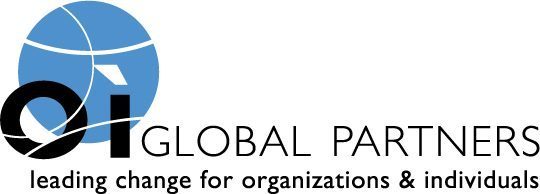As I begin each New Year, I undergo what has become an annual ritual: developing a spreadsheet of objectives and goals for the upcoming year. This year, I realized that setting these goals and objectives is not enough.
 Measuring my progress against those goals is just as important as setting the goals themselves. So I first have to ask myself, what are the top 3 objectives or goals for my organization this year? And just as significant, what are my top 3 objectives, and how do I measure my progress throughout the year?
Measuring my progress against those goals is just as important as setting the goals themselves. So I first have to ask myself, what are the top 3 objectives or goals for my organization this year? And just as significant, what are my top 3 objectives, and how do I measure my progress throughout the year?
If we don’t set goals, it becomes similar to driving without a road map: You’ll end up in Albuquerque when you are trying to get to Miami. When I create my yearly roadmap, I set only 3 goals (no more than 4). Set more goals than that, and trying to achieve those goals becomes overwhelming.
Organizational goals must be decided on as a unit or with the help of leadership consulting services which is designed to develop leaders and develop organizations. If everyone goes in their own direction throughout the year, companies tend to see little progress. Teams have to work together and understand the direction needed to be taken to be successful.
First things first: Decide upon team goals that need to be achieved within the next 12 months. Talk to your executive team, talk to your team members, enlist their ideas and come to a consensus on what is motivating and important—both for your organization’s bottom line and for individual needs. Motivation shouldn’t be a dictatorial action, there has to be “buy in” to the goal.
A great guideline for choosing realistic goals is the S.M.A.R.T. Goal standard. Make sure your team’s goals are:
S = Specific
M = Measurable
A = Attainable
R = Relevant
T = Timely
Once you have established those goals, write them down. After you have them written down and have achieved “buy in” from the team, create an action plan. Remember that “buy in” doesn’t have to mean that every person gets their way. What it means is that every person understands and accepts the direction the team will take throughout the year. My favorite line is “can you live with that?” rather than “do you 100% agree with the goal?”
Without a written plan of action, it becomes impossible to measure your progress throughout the year. A great way to measure your progress and to keep the team on task, is to set up “2 week stretch” meetings to discuss accomplishments and set attainable goals for the upcoming two weeks. Breaking down your goals into attainable segments makes attaining them that much more realistic.
As I consider what goals my team and organization should tackle in the upcoming year, I then apply the same process to my own goals. Again, I can enlist outside help—possibly from leadership executive coaching—in thinking about what needs to happen in my own life over the next year. Good decisions are rarely made in a silo. Reach out and talk to others who can provide valuable insight in the appropriate direction for you. Set your goals, write them down, create a plan on how you will achieve them and then review them throughout the year.
So here is my challenge to you: If you haven’t thought about and written down your goals for 2012 – then get to work! If you have, I would love to hear what they are and how you plan to achieve them.
Share this post:

Comments are closed